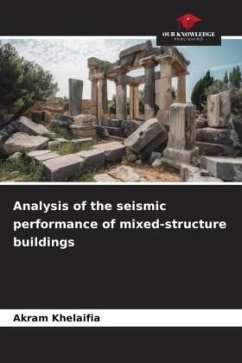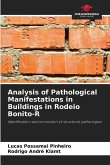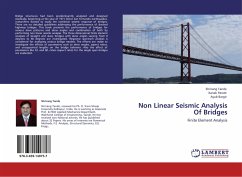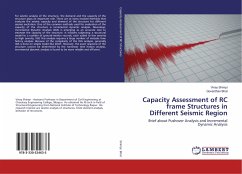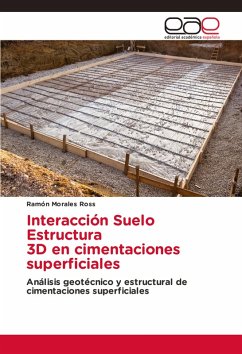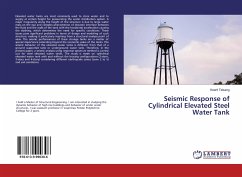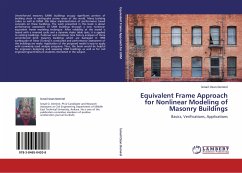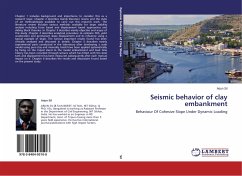This study fills a major gap in seismic design by analyzing the optimal location of walls, the ideal wall/floor ratio, and their relationship to building height through non-linear static and dynamic analyses. It adopts a performance-based approach to improving the seismic resistance of structures. The results show that increasing the web ratio improves stiffness and reduces inter-storey displacements. For example, a ratio of 1.0% is recommended for a 7-storey building, compared with 1.5% for a 14-storey building. However, exceeding these thresholds becomes uneconomical. The study also revealed that concentrating voiles in the center of the structure, particularly in complete configurations (U, L, Box), enhances performance, whereas partial voiles can cause deterioration of elements such as short beams. These findings underline the relevance of non-linear analyses in seismic design optimization.
Bitte wählen Sie Ihr Anliegen aus.
Rechnungen
Retourenschein anfordern
Bestellstatus
Storno

